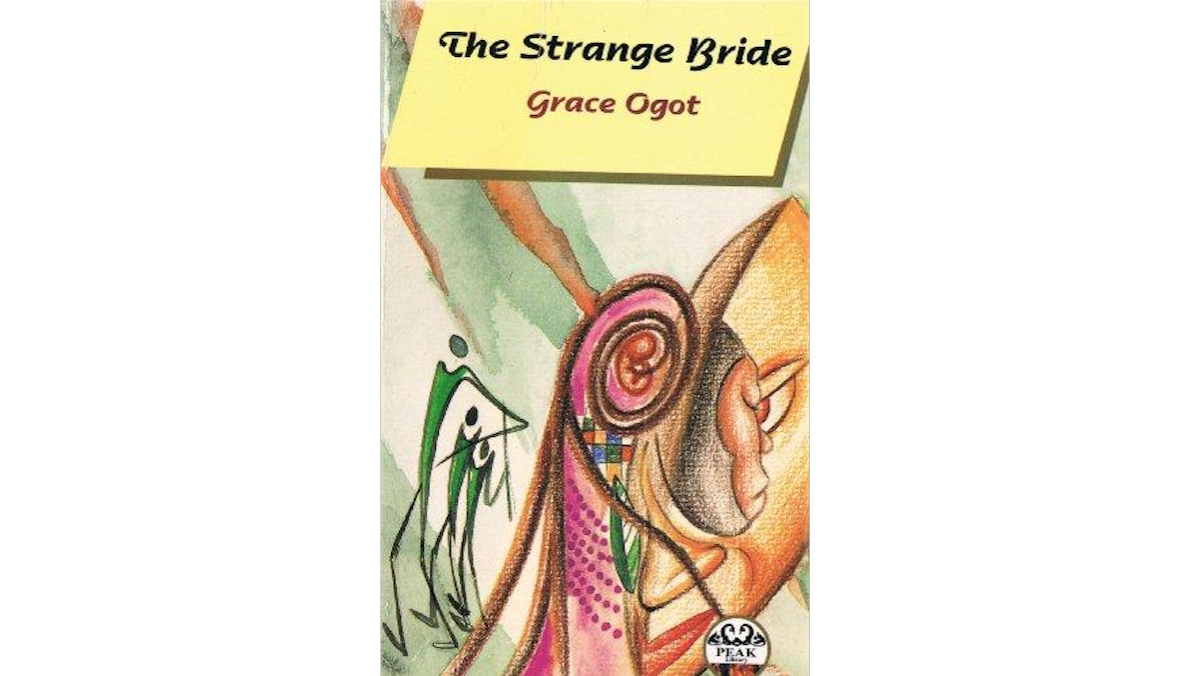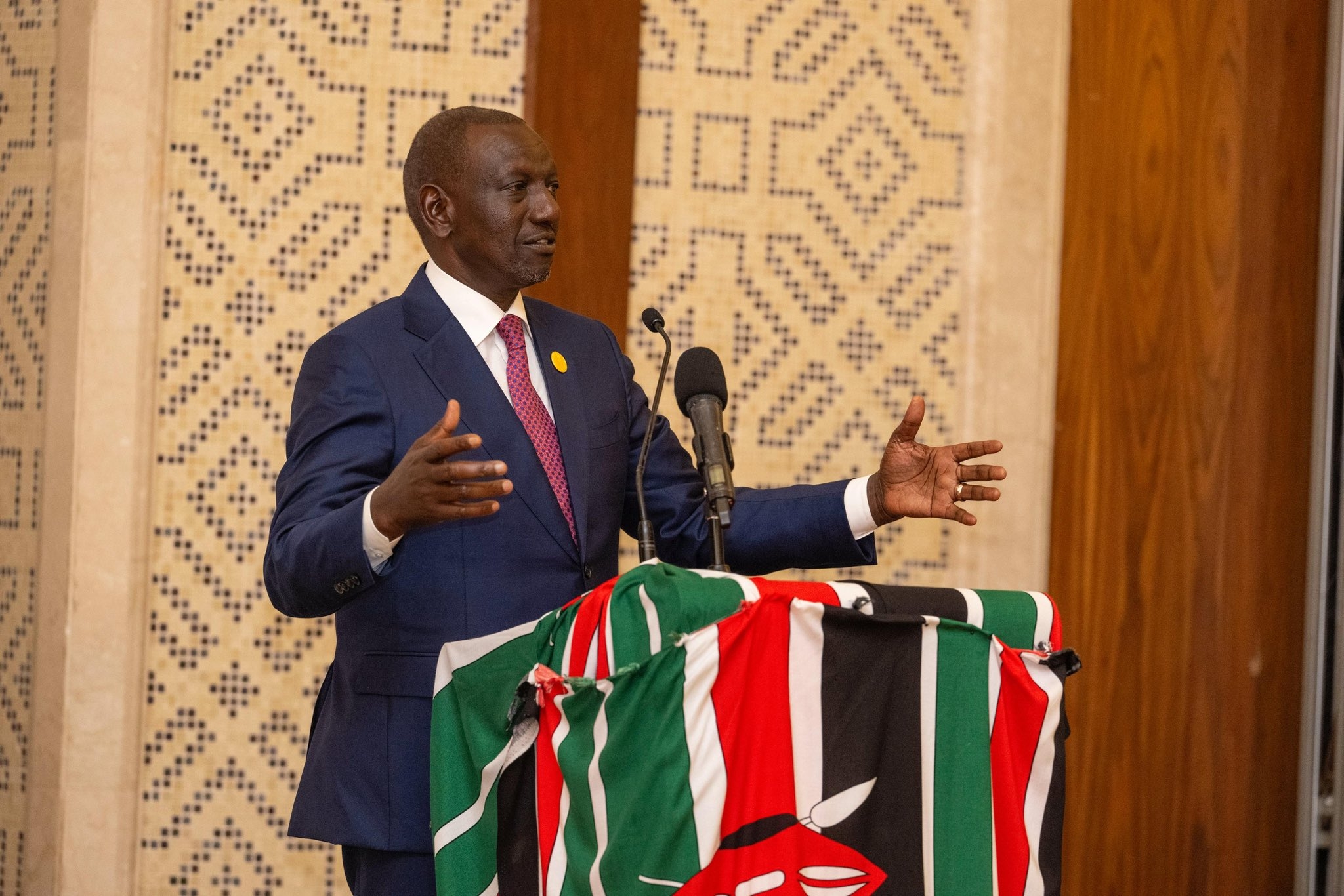

It is a tale that straddles the visible and the invisible, where the living and the dead mingle like mist on water, and where a village must decide whether to cling to its ancient ways or surrender to the uncanny.
At its surface, The Strange Bride reads like a folktale, lyrical, moral and steeped in oral tradition. But beneath that, the author crafts a quietly rebellious narrative about fear, faith and the invisible tensions between progress and tradition. More than a supernatural tale, it gives us a mirror that reflects how societies wrestle with what they cannot explain.
The story unfolds in a Luo village by the banks of a river, a place where every stone and whisper has meaning. The author paints this world with a delicate, sensory touch: The warm breath of the wind that carried the smell of the lake, the quiet shuffle of villagers who walked as though the ground itself might rise up against them. The author’s prose feels like an incantation, every sentence hums with the rhythm of oral storytelling, the cadence of elders gathered by the fireside.
The titular ‘strange bride’ is a figure of mystery, both haunting and magnetic. Her arrival unsettles the village, stirring unease in the hearts of men and women who have long trusted their customs to protect them. The author does not rush her revelation. Instead, she lets the strangeness build gradually, like ripples spreading from an unseen disturbance beneath the surface.
Through this eerie arrival, the author explores one of her most resonant themes: the clash between tradition and the supernatural, or rather, the ways in which the supernatural is woven into the fabric of tradition itself.
When one of the elders remarks, “The ways of the spirits are not the ways of men,” it becomes a quiet thesis for the entire novel. The line encapsulates the friction between human rationality and the spiritual order that defines the Luo worldview.
But the author does not treat this clash with contempt or condescension. Instead, she handles it with empathy and wonder. Her characters are not caricatures of superstition; they are complex, fearful, hopeful human beings who live within a moral and mystical framework older than themselves. The strange bride’s mystery becomes a vessel for exploring their fears, not just of spirits, but of change, of loss, of the unknown future pressing at their doorstep.
What makes The Strange Bride unforgettable is its atmosphere. The author’s writing has a way of making you feel the stillness before a storm, that charged silence when something beyond understanding is about to unfold. Her descriptions of nature are not merely scenic; they pulse with life and intention.
The river, the trees, the night itself all seem to be watching, waiting, whispering. It is no wonder that when a character warns, “The river keeps the secrets of the dead,” the line feels like both a threat and a promise.
Beyond its ghostly veneer, the author’s story is deeply feminist in its subtext. The strange bride herself, mysterious, misunderstood and powerful, becomes a symbol of female autonomy and spiritual defiance. She unsettles the men who wish to control her and perplexes the women who have been taught to fear her. In her, the author embeds a quiet but potent critique of how societies silence women who do not fit their expectations.
That said, The Strange Bride is not without its flaws. The author’s fidelity to the cadence of oral storytelling occasionally slows the pacing for modern readers. There are moments when the narrative lingers too long on ritual and repetition, creating a sense of distance rather than suspense. Yet even this can be read as part of the novel’s charm, a reflection of a storytelling heritage that values patience and reverence over haste.
In the end, the author leaves us with a story that is both timeless and timely. The Strange Bride is a haunting meditation on belief, what we hold sacred, what we fear and what happens when those two collide. It is a book that lingers not because it terrifies but because it hums softly in your mind long after you have turned the last page, like the fading voice of an ancestor calling from across the river.
For readers who crave stories that shimmer between the real and the unreal, who wish to be transported into the pulse of East African mysticism, The Strange Bride is not just a tale, it is a spell. And once it’s cast, it will not easily be forgotten.

















